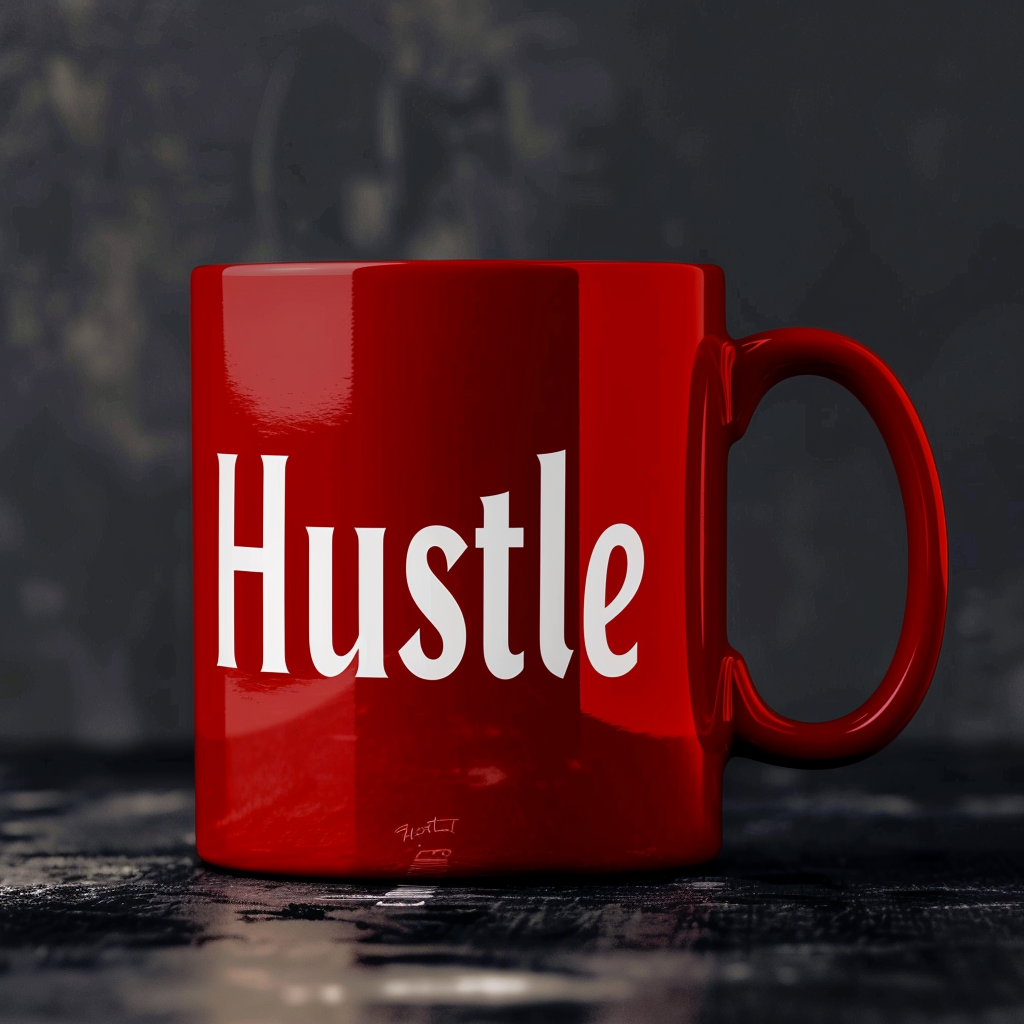From the moment you wake up to the moment you crash at night, you’re surrounded by brands. That toothpaste you use? Branded. Your coffee? Branded. The shirt on your back, the phone in your hand, even the gym playlist you’re vibing to—all tied to a brand.
And yet, most people still have no clue what a brand actually is.
This post is your wake-up call. We’re going deep into what a brand is, where it comes from, how it grows, how it earns a permanent spot in your head—and why understanding this isn’t optional if you’re building anything real.
A Brand Is Not a Logo
A brand is everything—the tangible and the intangible—that identifies your product or service and makes it unmistakably yours.
It’s the identity your product carries into the market, the total sum of cues that tell the world: “This is us. This is not them.”
People think a brand is just a logo. That’s wrong.
A logo is just the face. A brand is the blood, the voice, the intention, the memory you leave in people’s heads.
So what does a brand look like in the real world?
- A symbol, like Nike’s swoosh.
- A mascot, like Juan Valdez and his mule.
- A shape, like a Coca-Cola bottle.
- A sound, like Intel’s four-note jingle.
It’s anything that triggers recognition and differentiates you in the wild.
Why Brands Matter (To You and Everyone Else)
A strong brand does four things:
- Makes you stand out in a saturated market.
- Separates your business from a sea of sameness.
- Projects a reputation even before you speak.
- Builds real value, sometimes more than the product itself.
Think about it: people don’t buy sneakers—they buy Nike. They don’t just sip coffee—they sip Starbucks.
When you win hearts and attention, you stop selling. You start attracting.
Types of Brands (And How They’re Structured)
Brand structure changes based on how you present yourself to the world:
- Umbrella Brand: One name for everything (e.g., Apple). Strong, unified, scalable.
- Individual Brand: Each product has its own identity. Harder to manage but useful for diverse offerings.
- Mixed Brand: Combines the above. Example: Ford Mustang, Ford Explorer—same parent, different flavor.
- Store Brand: Retailers create their own. Generic? Not anymore. Now they dominate shelves with loyalty and pricing.
Co-Branding: When Giants Link Up
This is where two brands partner and amplify each other. Think Supreme x Louis Vuitton. Or Nike x Apple.
You combine credibility, reach, design, audience—and create something that breaks through the noise.
The Strategic Brand: Long-Term Weapon
A strategic brand isn’t just pretty. It’s built to lead long-term growth. It’s where the company bets its future.
You don’t just market this brand—you build an ecosystem around it.
Hustler War is that kind of brand. This isn’t a campaign. It’s a doctrine.
Read the Hustler War Manifesto →
Brand Identity = Mental Real Estate
Your brand identity is your DNA:
- Recognition – People know your name.
- Loyalty – They stick with you.
- Perceived Quality – They trust you’re elite.
- Associations – They connect your brand to a lifestyle, a vibe, a tribe.
It’s not what you say you are—it’s what people remember you made them feel.
The 5 Layers of Brand Identity
1. Cultural Identity
The values, beliefs, emotions, and energy your brand represents. Think movement, not merchandise.
2. Verbal Identity
Your name, tone, taglines—how your brand talks. How it’s remembered.
3. Visual Identity
Your logo, colors, typography. What people see and instantly know it’s you.
4. Tactile Identity
The feel of your product. The texture, the shape. The fingerprint.
5. Environmental Identity
Your spaces: store, office, booth, studio. Everything physical speaks.
Brand Style Guide: The Armor Manual
A brand needs rules to scale with consistency. That’s what the Brand Manual is for.
It covers:
- Logo usage & variants
- Official color palette (Pantone, CMYK, RGB, HEX)
- Font system (headline/body)
- Patterns, icons, photography style
- Do’s and Don’ts
- Real-world mockups
This ensures anyone who touches your brand—designer, partner, developer—keeps it sharp.
Branding = Power
Branding is how you install mental software into your audience.
It’s the difference between being a commodity and being a culture.
It’s how Hustler War isn’t just a clothing line—it’s a rebellion.
If you’re serious about business, you don’t just build products. You build brands that command attention.
Ready for the next level? Learn how to design your brand identity from scratch →
You are your brand. Make sure it speaks like a king, moves like a soldier, and lasts like a legacy.


